Bion-M1 Satellite Overview
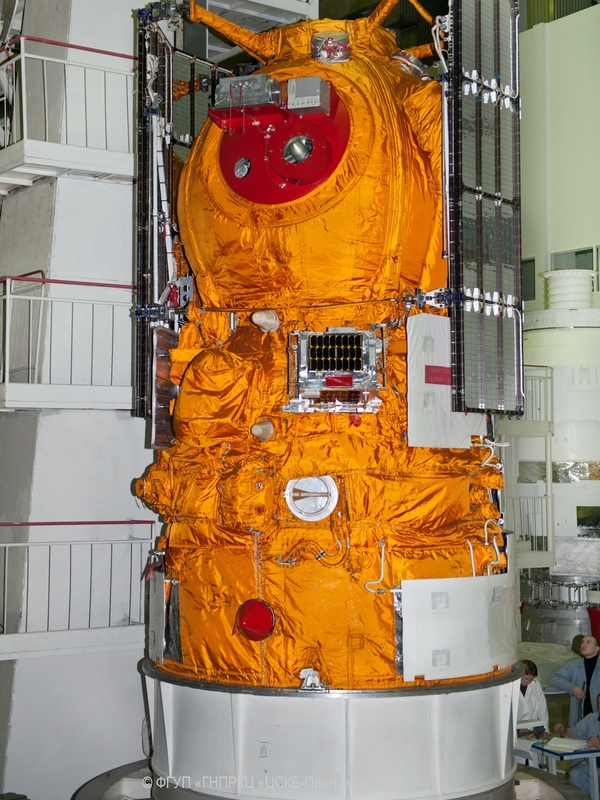
The Bion program started in 1966 to study the effects of extended stays in Earth Orbit on different organisms. During earlier flights from 1951 to 1960, a number of animals including dogs, rabbits and mice were put through sub-orbital flights of short duration and in 1960/61, animals were carried on orbital flights of up to 30 hours. To collect data on longer exposures to zero-gravity and the radiation environment in orbit, the Bion Program was started with the goal of flying bio-experiments for up to 30 days. After the first biosatellite, Kosmos 110, flew, the series of Bion spacecraft was regularly flown into Low Earth Orbit for a total of 11 flights between 1973 and 1996. The missions ranged from 5 days to 22 days.
These Bion Missions featured a number of different payloads including studies of NASA and space agencies of other nations. Specimens flown on these missions included seedlings, plants, unicellular organisms, rats, Rhesus monkeys, insects, fish and cell and tissue cultures.
In 2005, the Bion program was resumed – slated to fly three Bion-M next generation satellites. The first flight was initially scheduled for 2010, but was pushed back into 2013. Instead of flying these experiments on ISS, the payloads are hosted on an independent spacecraft for a number of reasons. Some of the payloads represent potential contamination hazards for ISS should the payloads encounter some sort of failure during the flight. Also, the independent spacecraft can be sent to a different orbit that provides a lowered geomagnetic shielding environment which is required for radiation studies.
Bion-M 1 features the traditional Bion design with a recovery capsule holding the experiment payloads, a service module, a separation platform and deployable solar arrays as well as propulsion system for a total spacecraft mass of 6,840 Kilograms including 650kg of payloads – a large increase over previous Bion satellites.

The recovery capsule and service module will be pressurized. Payloads include internal experiments as well as external payloads that are installed on the exterior of the capsule. Bion M1 will stay in orbit for up to 30 days, circling Earth in a circular orbit at 575 Kilometers with an inclination of 64.9 degrees.
Bion-M1 is equipped with a data handling system that will collect and store payload data and provide a daily status summary that is downlinked to ground stations. This data will include health status summary data for both, equipment and animals. Inside the pressurized recovery capsule, conditions will be maintained at a stable level by an environmental control system that provides Oxygen to the capsule, CO2 scrubbing capabilities, de-humidifiers and air conditioners. Temperatures of 22 to 25°C will be maintained by the system and the partial pressure of CO is not allowed to exceed 1kPa while the partial pressure of Oxygen is within 18.7 to 24 kPa. Humidity levels will range from 40 to 70% of relative humidity.
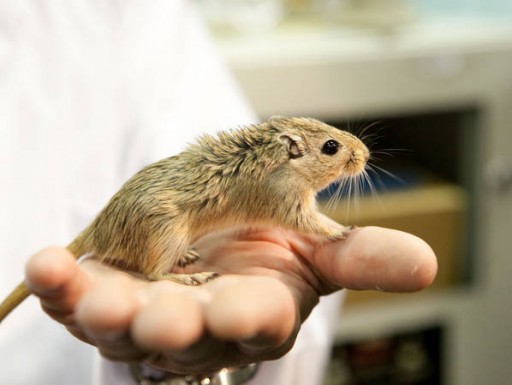
A total of 19 international payloads are being carried by Bion-M1.
The Contour-BM payload flies eight Mongolian Gerbils to study the biological and physiological effects of spaceflight on them. Gerbils have been introduced to biological research in space flight rather recently, having flown on the 13-day Foton-M3 flight in 2007.
Gerbils are studied as test subjects as they are less sensitive to environmental effects than mice or rats and can survive in unfavorable environments for a longer period of time. Also, they are small in size so that a number of them can be flown in a small compartment. The gerbils will be examined with focus on changes in the structure and function of organs and tissues using advanced post-flight examination methods. Additionally, water-electrolyte changes will be measured to compare them with measurements of the 13-day gerbil flight. Water-electrolyte changes upon other physiological systems will also be assessed considering gerbil specific metabolism.
A different payload facilitates 45 lab mice and geckos for a suite of biomedical investigations looking at fundamental problems of space and gravitation biology. C57Black/6 mice have been used on numerous previous flights and space experiments conducted by different agencies.
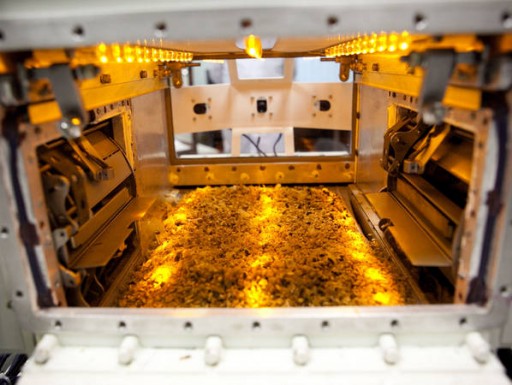
The mice aboard Bion-M will be examined to continue the ongoing study on physiological adaptations to long-duration spaceflight effects with respect to gene and molecular mechanisms of different physiological systems. Changes in cellular and molecular properties in different tissues and organs will be examined post-flight using advanced research technology, with special focus on changes in intracellular signaling pathways, patterns of gene expression and post-translational protein modifications.
In addition, the mice will be studied on orbit to detect changes in animal behavior and motor activity to identify potential mechanisms of motor disorders in microgravity. The regenerative system will be studied in space to assess its susceptibility to cosmic radiation. Post flight readaptation will also be examined using the mice.
The Belka experiment examines the growth of protein crystals by liquid diffusion and diffusion from gas media in zero-gravity.
For the Biokont-B and Fragmenter experiment, several containers with microorganisms are flown in order to assess the influence of space flight factors on vital activity and productive activity of microorganisms and on the natural substrate. The payloads also examine the biomass of organisms and biologically active substances under spaceflight conditions without nutrients and forced removal of metabolism products.
The Omegahab houses hydrobionts and small fish in an aquarium to study their behavior during and after an extended exposure to space flight conditions. Bioimpedance, a payload hosting cell cultures, looks at the morpho-functional state of cultures during space flight by monitoring bioimpedance characteristics. Bioimpedance is the response of an organism to externally applied electric current to determine the flow of current through the tissues. Each type of tissue has a characteristic biological resistivity and the Bioimpedance experiment will detect changes during space flight to monitor compositional changes in tissues.
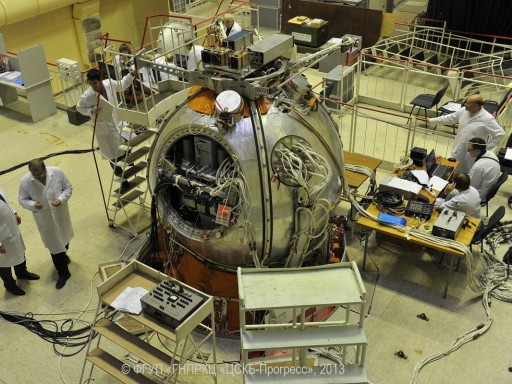
During the flight, the Graviton Instrument aboard the spacecraft will precisely measure the microgravity environment inside the vehicle to put experiment data into context. Radiation dosimeters will log the radiation environment and total dose.
Six more autonomous payloads are hosted inside the recovery capsule that examine the influence of radiation on the growth process of samples & microorganisms, the effect of weightlessness on various systems of different evolutionary development, and the impact of space flight factors on the chemical composition and physiological state of fruit and seed of higher plants.
Four payloads are hosted outside the capsule being mounted on the exterior of the spacecraft in containers with covers that open once in orbit and close for the trip back to Earth. These experiments are focused on the synthesis of peptides and nucleotides in open space, and experiments with plant seeds that are exposed to the vacuum of space. In addition, basalt with biomaterials and samples from ever-frozen ground will be exposed to the space environment.
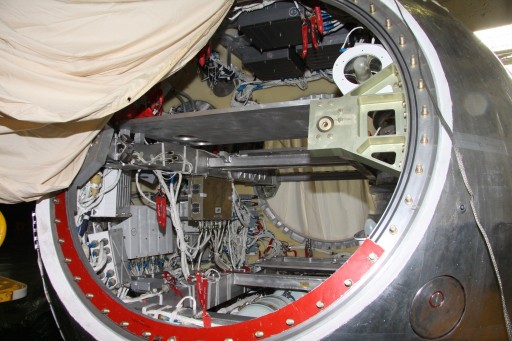
Bion-M1 science studies will determine the physiological effects of space flight on organisms down to a cellular and molecular level to better understand the effects of spaceflight factors on all physiological systems. Data collected by the Bion Program is applied to manned space flight in order to develop countermeasures to prevent negative effects of the space environment on human health, behavior and performance and ease the re-adaption process after returning from space with special focus on changes of the central nervous system and its sensory apparatus, the cardiovascular system, connective tissue and water-electrolyte metabolism, and skeletal muscles.
“In summary, the “Bion-M1” research program has been generated taking into account the current state of life sciences, which includes investigations into the cellular and molecular mechanisms of adaptation to the space environment, as well as integrative cerebral functions of animals,” an IMBP document said.
Once its mission of up to 30 days in orbit is complete, the Service Module and its propulsion system will perform a targeted deorbit burn to send Bion M1 on its way back to Earth. Just before entry, the spherical recovery capsule separates and performs its re-entry for a landing under parachute at a maximum velocity of 3m/s. Shortly after landing, the payloads are retrieved for post-flight examination.
